Heritage, Hills and a Forbidden Steam Train: Join Me Exploring Harz, Germany
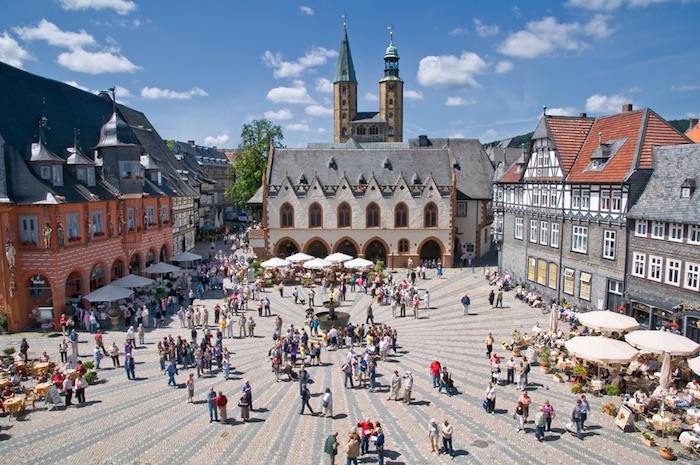
Goslar: Harz- Marketplace with Town Hall (Photo: S. Schiefer from the German Tourist Board Image Library)
Some 70 kilometres from Hanover is the Harz region of Germany. Here, swirling around the picturesque mountain range, through water-filled valleys and around ancient timber buildings dotted around historic towns, you will discover a surprisingly diverse melody of stories. Seemingly independent, they combine and entwine to create an inter-connected symphony covering over a thousand years of German history. They include the timeless themes of nature, wealth, inventiveness and design. And – as with all good tales – a fair sized dash of discord and intrigue.
Divided after the Second World War between East and West Germany, free movement across the Harz area was limited until reunification. During that Cold War period, a Western Allied Garrison was stationed in Goslar close to the border, while the Russians ran a listening post on the highest mountain, Brocken, not far away. Now, over just a few days, guests can follow and experience the region’s enticing themes and historic tales across an integrated, well-connected and accessible landscape. The trip includes places that were strictly out-of-bounds for decades to anyone but the military, and also area now recognised by the United Nations as places of great historical and natural importance.
For four days I will be embarking on this journey of discovery, and I am especially excited about the following:
UNESCO World Heritage Sites
The United Nations has identified two areas of the Harz region as being extremely culturally significant, and added them to their list of World Heritage Sites. They define World Heritage as “the designation for places on Earth that are of outstanding universal value to humanity and as such, have been inscribed on the World Heritage List to be protected for future generations to appreciate and enjoy.”
In the Harz region these are:
Mines of Rammelsberg, Historic Town of Goslar and Upper Harz Water Management System
For over 1,000 years these three have been intertwined in the production of silver and other key minerals. The medieval town of Goslar, which has many half-timbered houses dating back to 15th Century, was key to supporting the operations and output of the nearby Rammelsberg Mines. These were operational for nine centuries until the mid-1980s. The Upper Harz Water Management system made both viable through a complex network of 107 lakes, 310 kilometres of ditches and 30 kilometres of underground waterways to generate hydropower.
UNESCO Video about these:
Collegiate Church, Castle and Old Town of Quedlinburg
UNESCO states: “The importance of Quedlinburg rests on three main elements: the preservation of the medieval street pattern; the wealth of urban vernacular buildings, especially timber-framed houses of the 16th and 17th centuries, and the important Romanesque collegiate church of St Servatius”.
As a fan of historic architecture and the stories of events that took place across the centuries that they have stood, I am intrigued by what my tour will reveal.
UNESCO video about these:
Narrow-Gauge Harz Railway
Chugging up the steep mountain to the summit of Brocken, the highest peak in the region, are old steam engines dating back to the 1950s. They offer a unique transportation experience and views of the beautiful Harz landscape as it huffs its way up. Significantly there is the added excitement of knowing that the train, and visiting the summit, was closed to civilians for so long until German reunification. Today it is a major draw card for tourists wanting to touch and feel history by riding these classic trains and carriages,. I am also looking forward to being rewarded by walking on and seeing vistas from the top that were denied to a generation.
Video of the train:
Wernigerode Castle
This castle is renowned for its fairy-tale style design against a staggeringly beautiful backdrop of the Harz mountains. It has a long history that dates back to the 12th Century. I am looking forward to experiencing it first hand.
Final thought
Over four days I will be immersing myself in the themes of nature, history and design within Harz, and celebrating how they survived and emerged as a beautiful chorus over the last centuries. This unique part of Germany appears to celebrate inventiveness, including the integrated system that made Goslar, Rammelsberg Mine and the Upper Harz Water Management system and the remarkable steam engines serving Brocken, as well offering rich cultural inspiration and design from the middle ages and beyond. All of which have survived the passage of time and history to leave a peaceful and melodic corner of the world. I look forward on reporting what I discover and see first hand.
If you have been to Harz and any of the places above, please add your tips and advice of things to do, see and experience or email me. Follow the trip on Tips For Travellers Facebook, Twitter and Instagram
I am travelling as a guest of German Tourist Board and Harz Tourist Board.
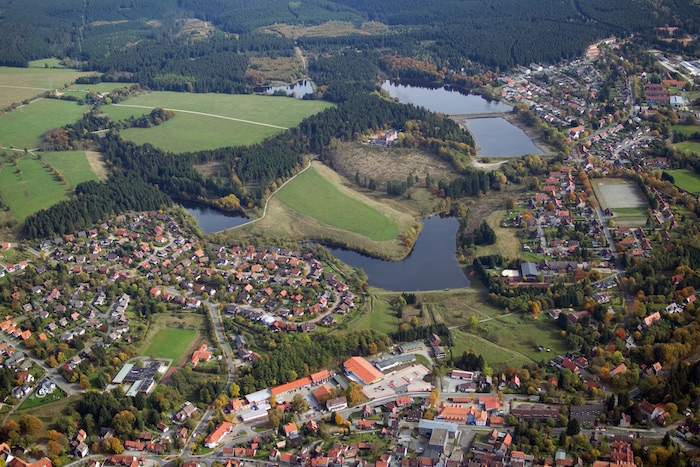
Clausthal-Zellerfeld- Upper Harz Water Management System with a view of Upper and Lower Eschenbach ponds, and Upper and Lower Hausherzberg ponds. (Picture: German Tourist Board Image Library)

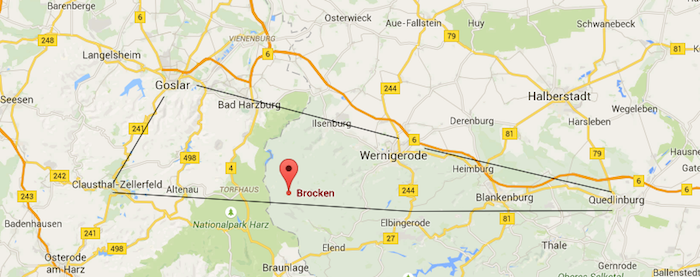
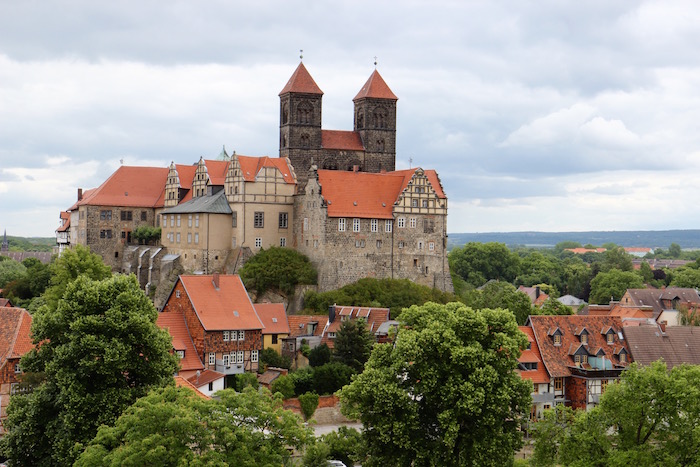

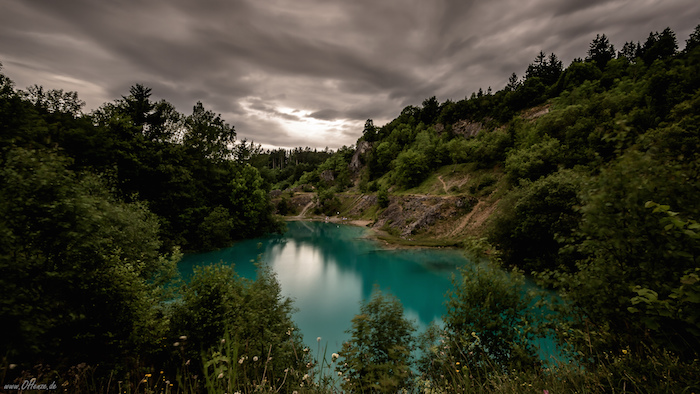










Hey Gary, this is going to be a trip to one the most beautiful parts of Germany! Have fun! Why not try the Bodetalsperre near Braunlage for some nature impressions or the brewery in Goslar – very recommendable! Cheers, Lisa!